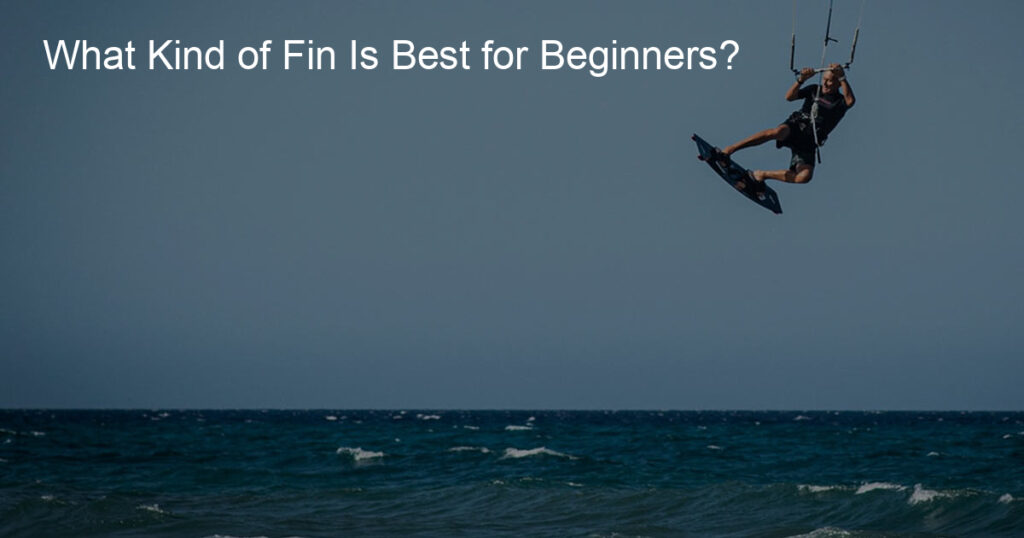Kite surfing is a growing pastime that has been catching on in recent years. Who doesn’t love the feeling of being taken to new places without having to spend hours packing and unpacking?
If you have never tried kitesurfing before, you will be amazed at how easy it is to get started.
Kitesurfing means using a wind-powered kite to propel you across the water.
There are several different types of boards you can use depending on your level of experience and physical ability.
Kite surfing is fundamentally the same sport as windsurfing, but the method of propulsion makes it much easier for less-experienced surfers.
The key difference between these two sports lies in their user experiences; with windsurfing, an experienced surfer uses a sail and goes out every day.
However, if you are just getting started, it could be challenging to find enough time to practice every day due to its length and difficulty.
Nevertheless, once you know what needs to be done, it becomes easier every day.
In this blog post, we will cover everything from choosing the right kite for kiting, fin types on a kite surfboard, how powerful your motors need to be for kiting, selecting the right location for kitting in your yard or at a local beach park or reef break spot and lastly maintenance tips so that your kiting investment lasts longer than expected.
When it comes to fin types on a kite surfboard, there are four main options. The first option is the traditional center fin which offers good stability and control when riding waves.
This type of fin is ideal for beginner to intermediate riders as it provides a stable base for learning the basics of kiting. For more experienced riders
What kind of fin is best for beginners?
The type of fin you should use depends on your level of experience.
Beginners usually use a single fin with a soft foot pocket that is used to control the kite in case of a spool-up.
For those who are more advanced, you can use two fins with a hard foot pocket and three fins with a soft foot pocket.
For the board to work properly, the board must have enough power to keep up in the wind.
If you have powerful motors, then you should choose this option so that you can stay on top of your game.
However, if you don’t have powerful motors, then it’s best to use one or two fins because they allow for easier maneuverability.
What fin setup should I use?
Things to consider when buying a kiteboard include the type of board you will use, the size of your board, and the amount of wind potential in your area.
For beginners, it is best to start with a single fin setup.
These fins are easy to ride because they are not too complicated and are lightweight and easy to store.
They also have a wide range of riding styles depending on how you angle them.
As you continue to progress in your kiting experience, you will eventually want two or three fins for greater stability as well as for better control during maneuvers such as turns.
How do I choose the right fins?
If you are new to kitesurfing, you may wonder which fins will work best for you.
The fins that work best tend to depend on your personal preference and what type of style and movement you prefer.
There are two types of fin: the spike fin and the conventional fin.
“Spike” is a term used to describe how the blade of the fin sticks out from the board.
Conventional fins have a thin blade that is flush with the board, making them more agile in choppy waters.
Spike fins often allow for quicker acceleration/deceleration, so they are better suited for beginners who don’t want to waste time slowing down or speeding up their turn.
They also tend to travel faster than spike fins since they can cut through waves easier with their flat blades.
These fins are usually recommended for experienced surfers who are looking for more stability and control during turns.
Does fin shape matter?
The shape of your fins will determine how you maneuver at a given speed.
The fin’s design will also impact the amount of water that is coming off of your kite, which means you have to pick the right one for the conditions.
Standard fin shapes are usually oval or flat.
However, there are other types of fins, such as bananas and tri-fin, which are designed with certain objectives in mind.
Banana fins work to keep your kite afloat at maximum speeds by reducing surface drag.
Tri-fins cover more surface area and are better suited for providing stability when you’re going faster than 15 km/hr.
What are the different types of surfboard fins?
The first thing you need to know is that there are two types of surfboard fins:
fixed and removable. Fixed fins are permanently attached to the board, while removable fins can be removed for travel.
Some fin types include the shark fin and the quad fin.
Shark fins provide a stable ride on flat water, but they don’t handle waves very well.
Quad fin also offers stability on flat water, but it allows for better maneuverability in waves. Removable fins offer a variety of benefits as well.
They allow boards to travel more easily (for various reasons) and they help keep your board from getting damaged when traveling with your kite (in case you do not pack it properly).
Conclusion
Choosing the right fins for your kiteboard can be overwhelming,
However, by considering the type of board you use, the size of your board, and the amount of wind potential in your area, you will be able to find a fin setup that is perfect for your needs.
Think about whether you want spike or conventional.








